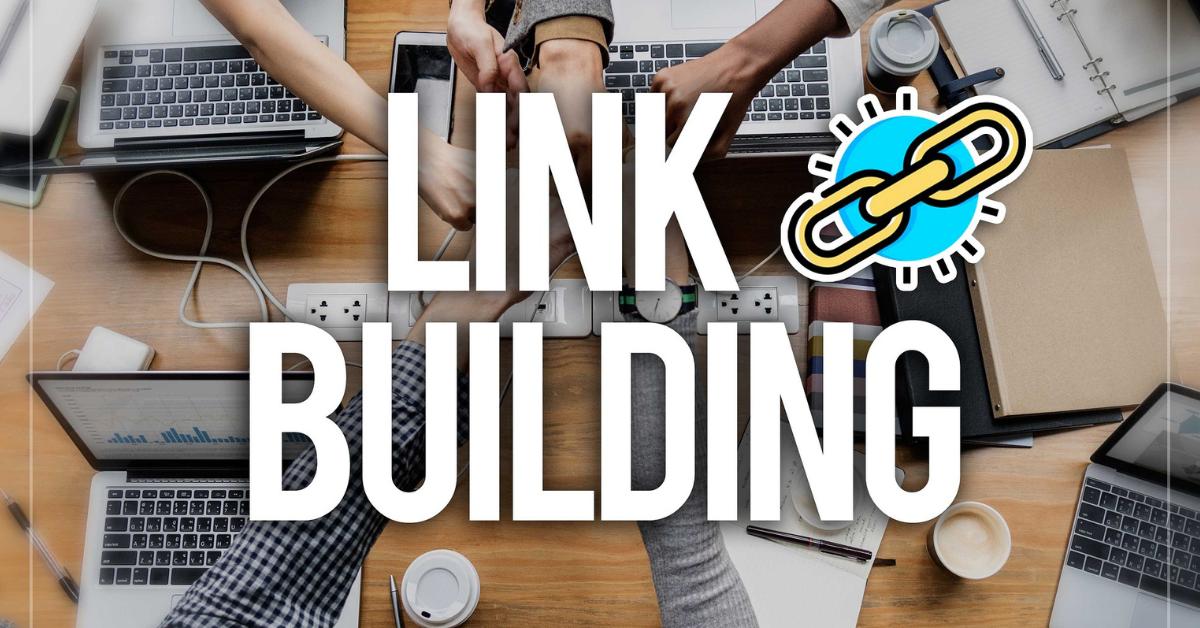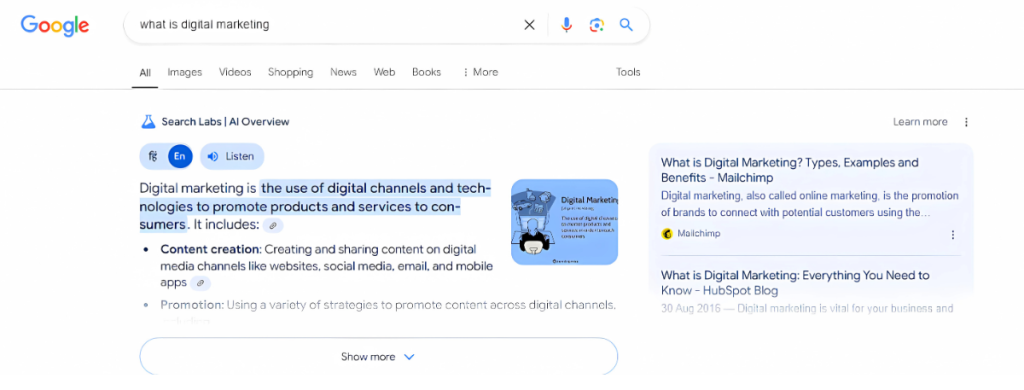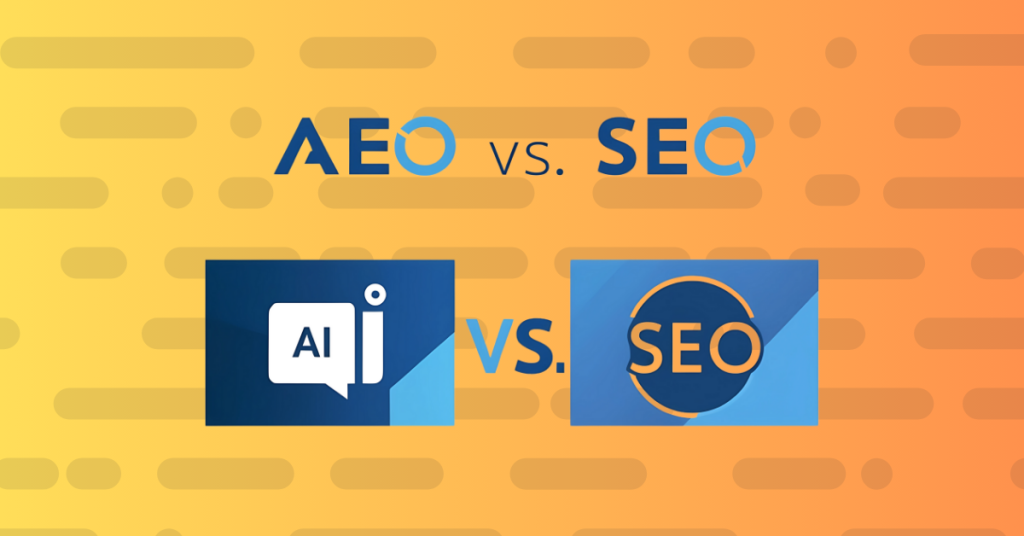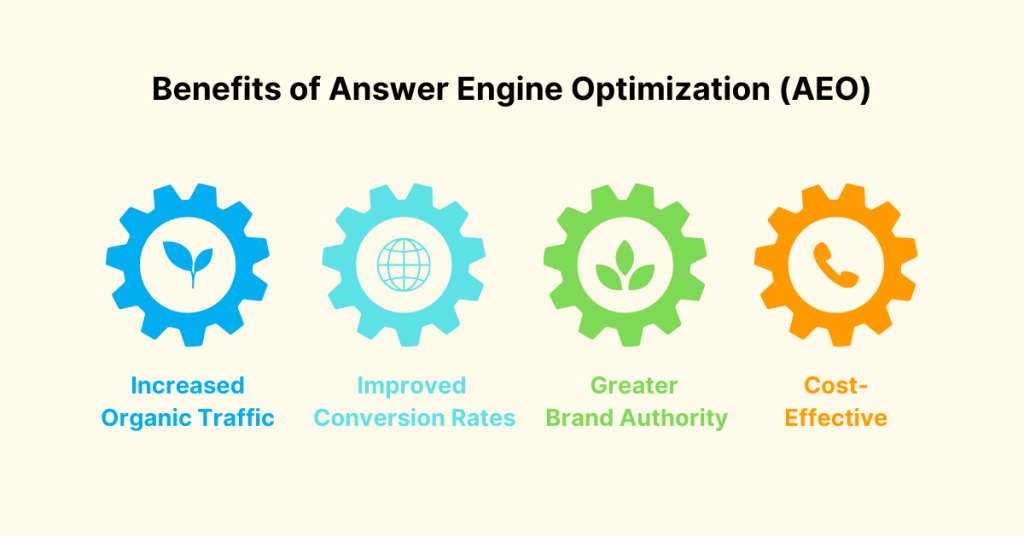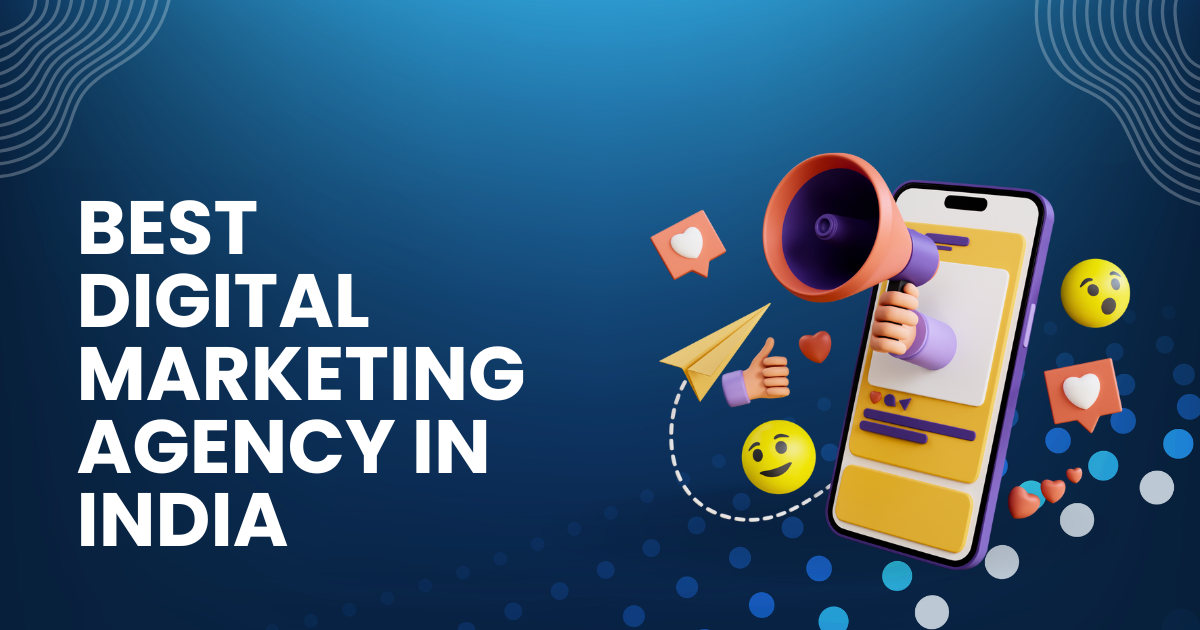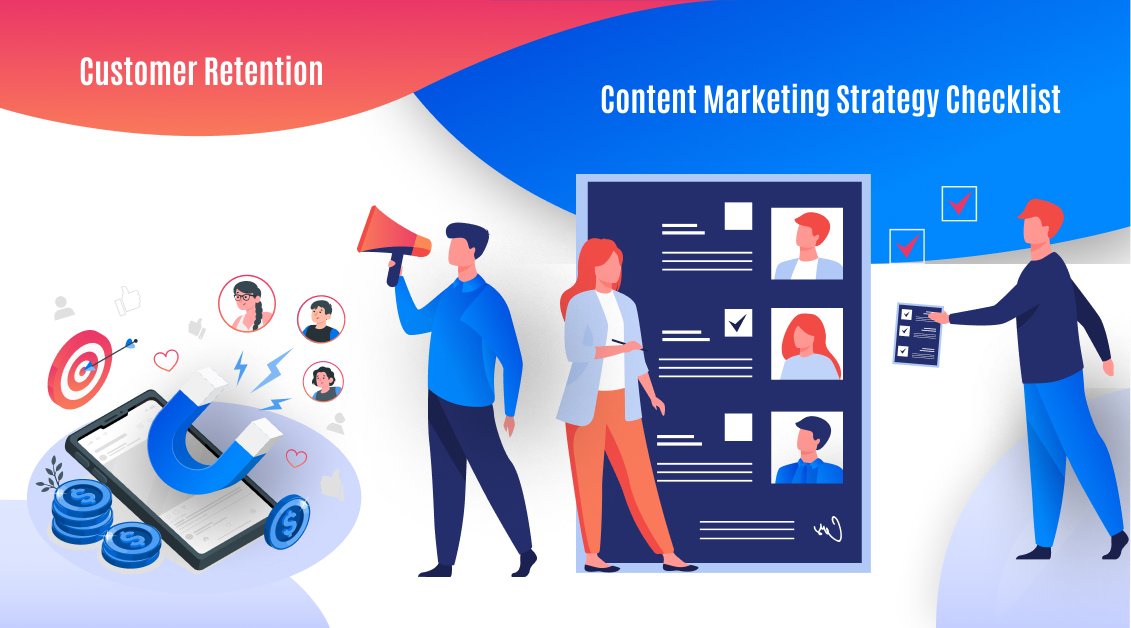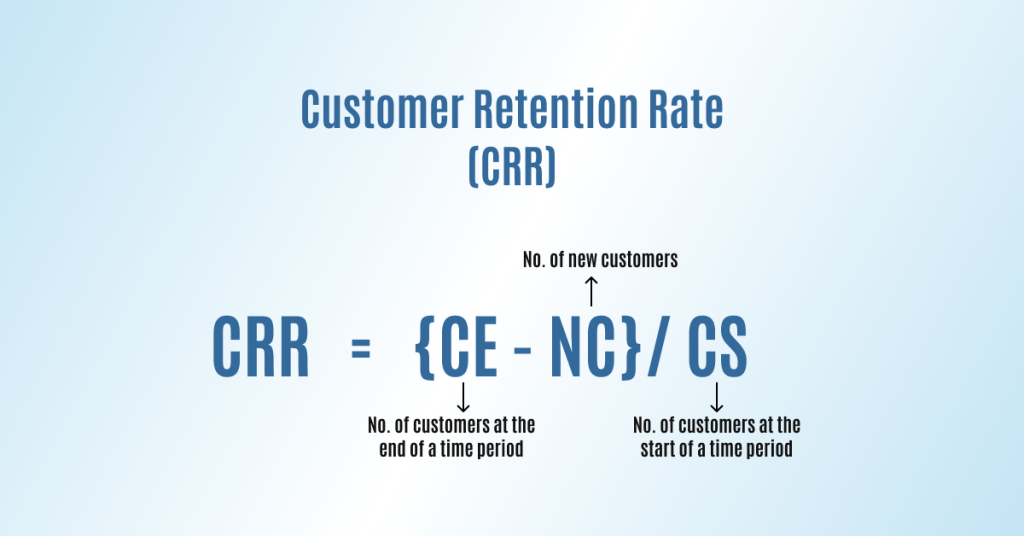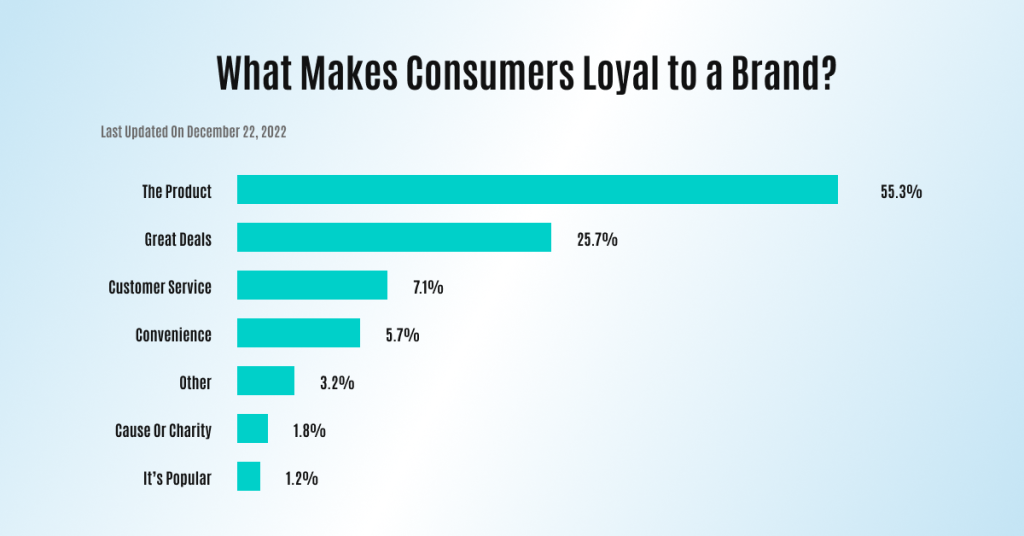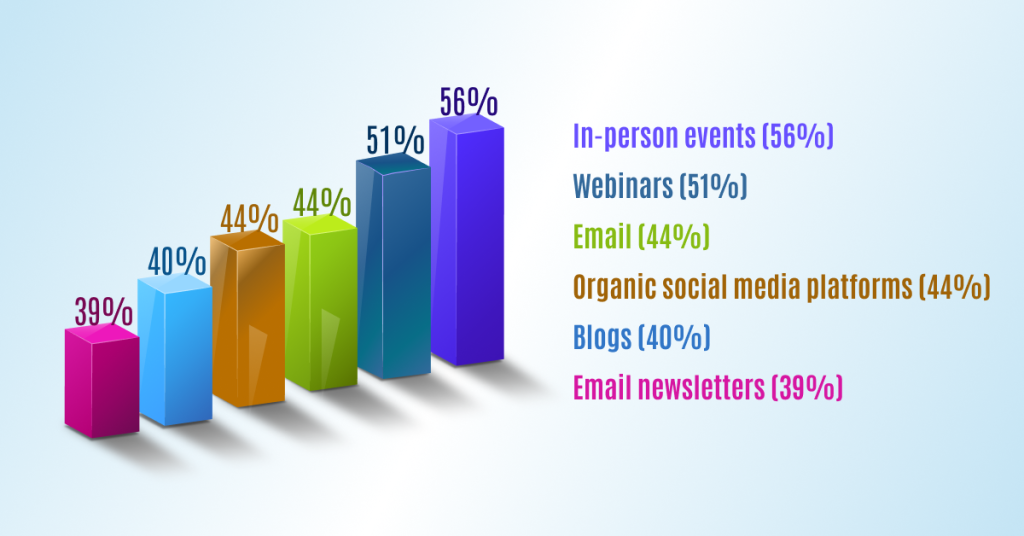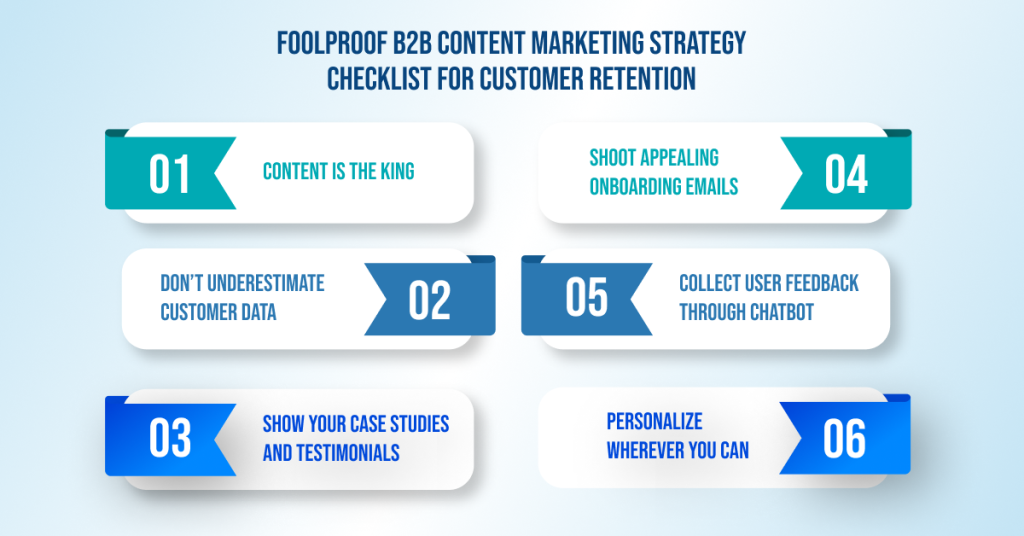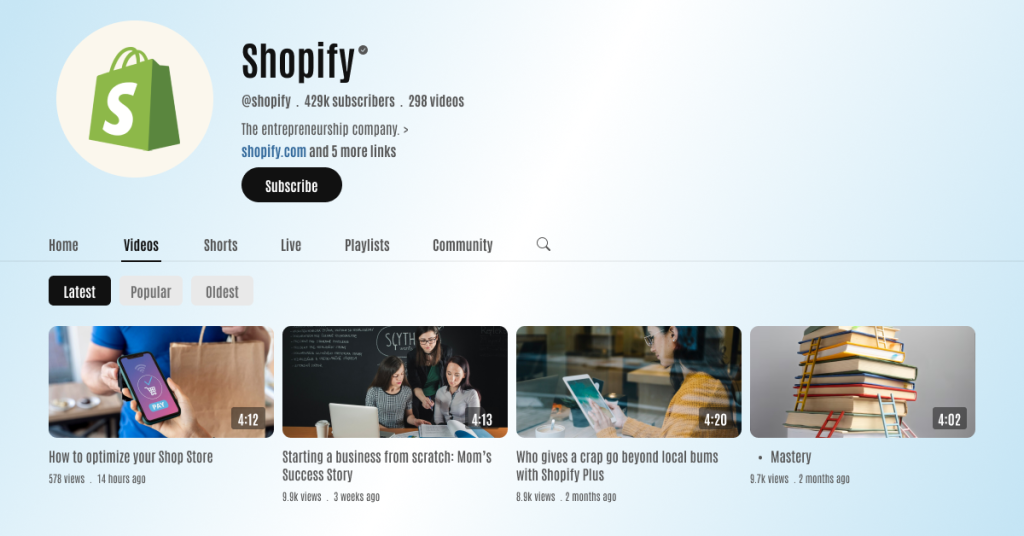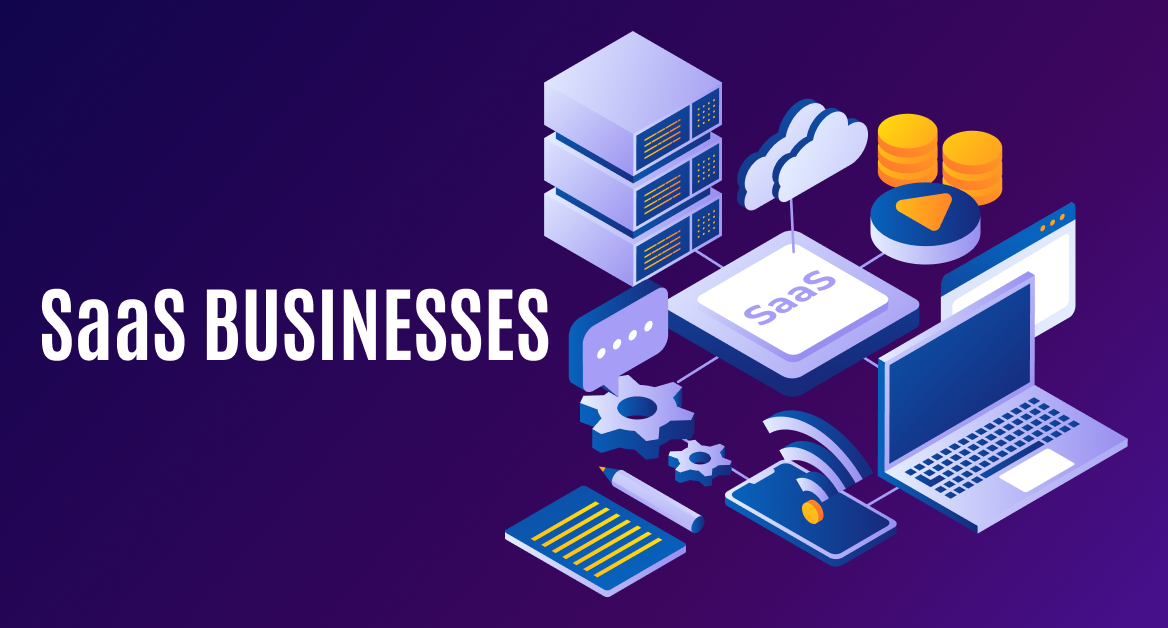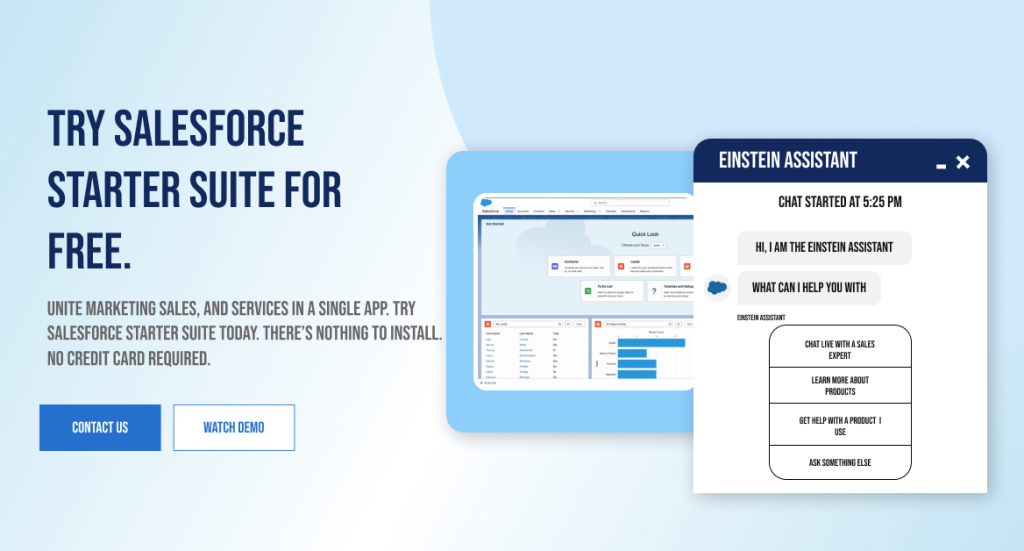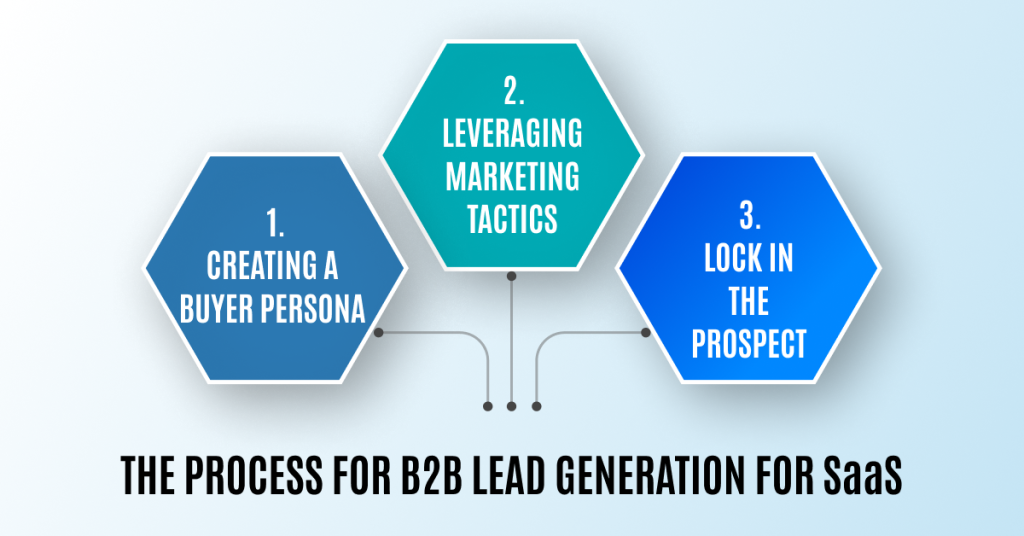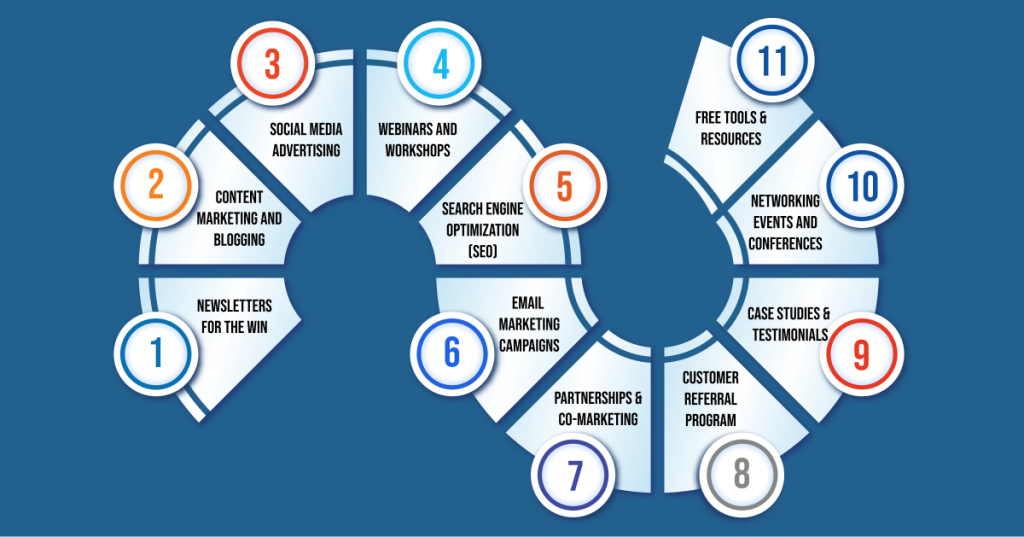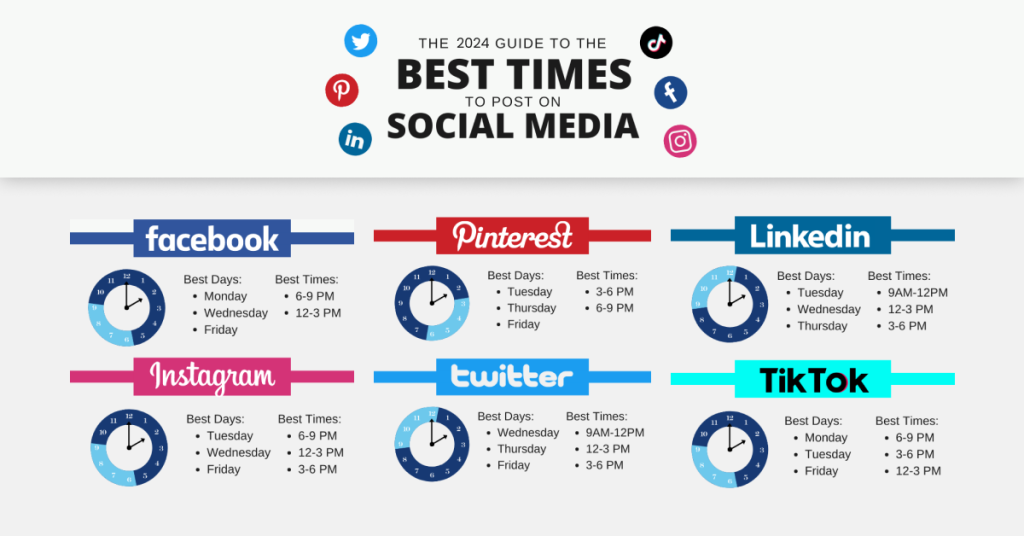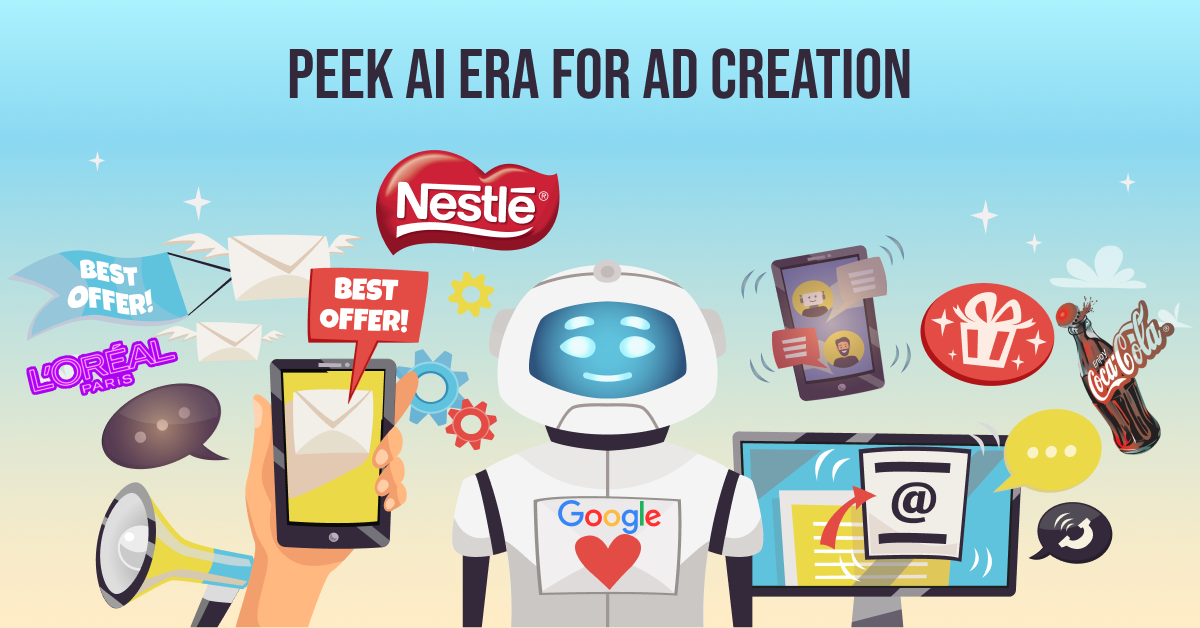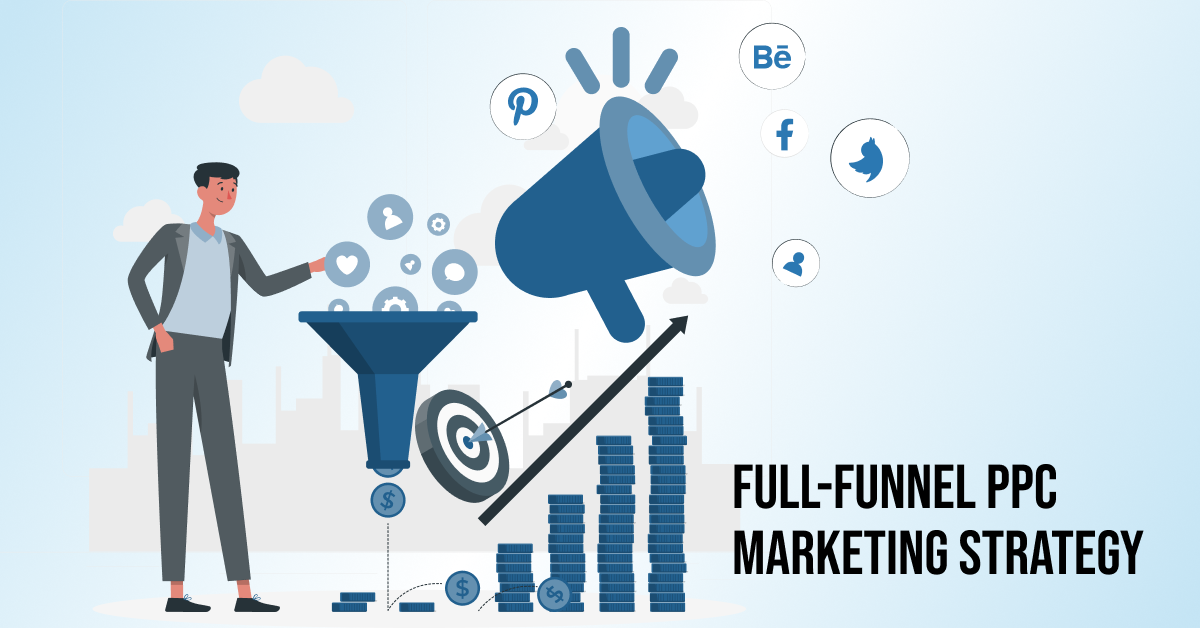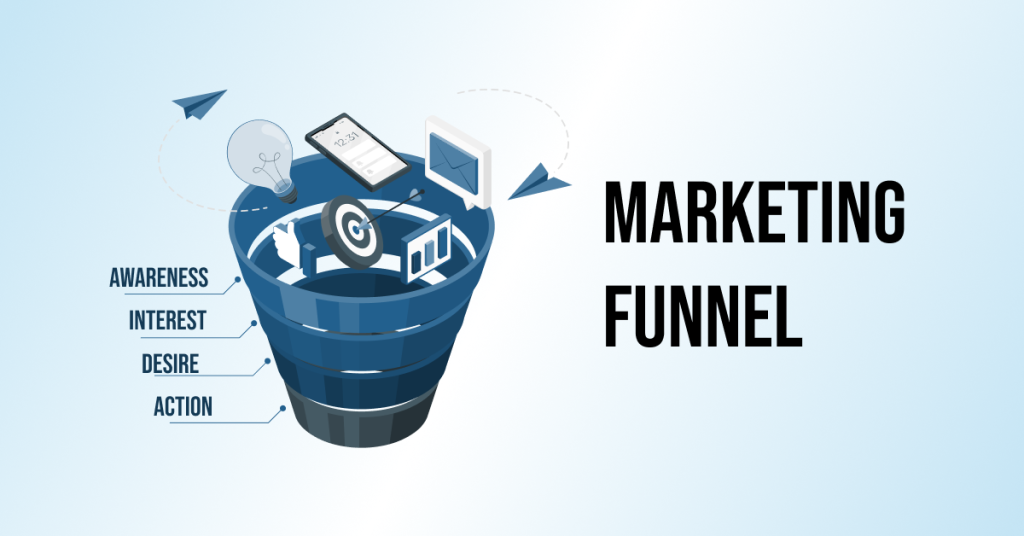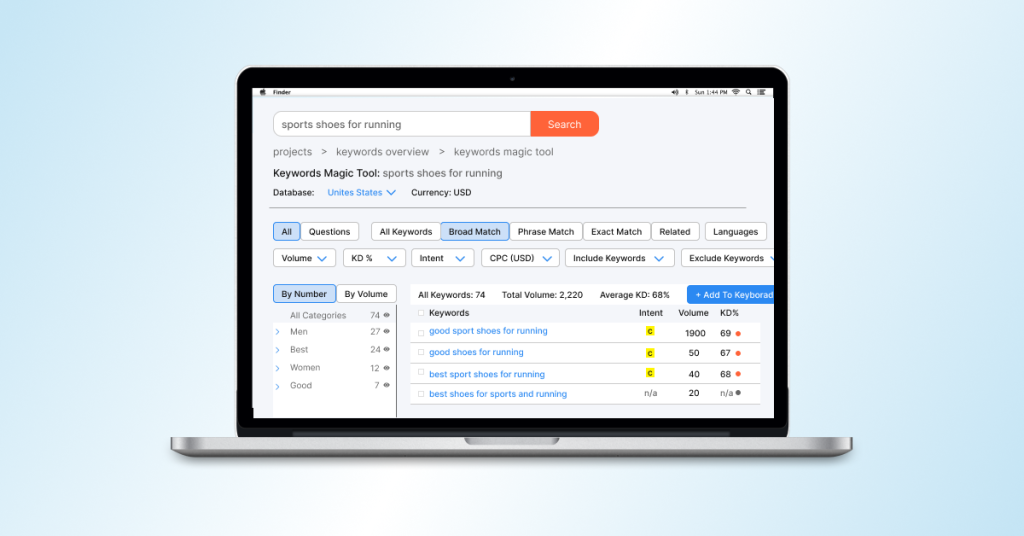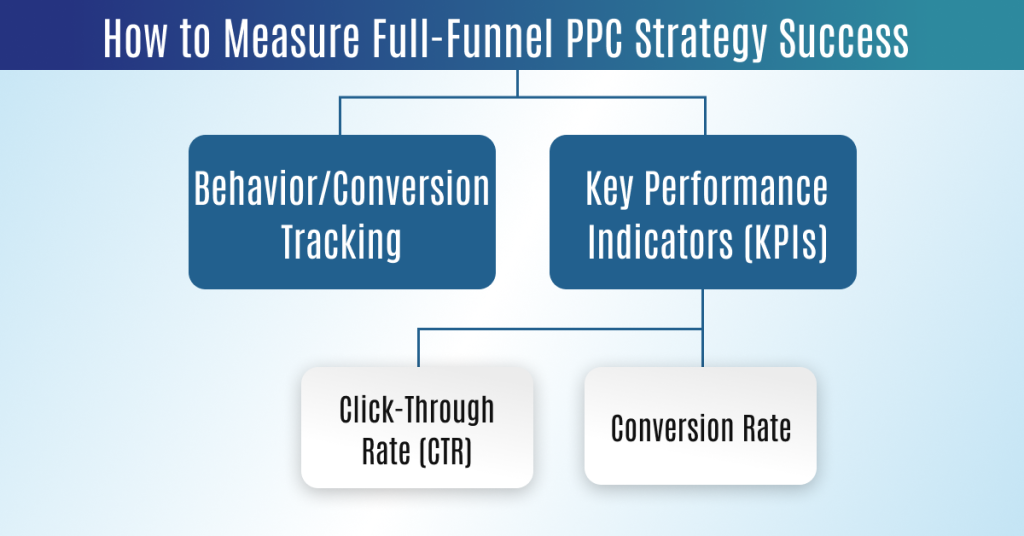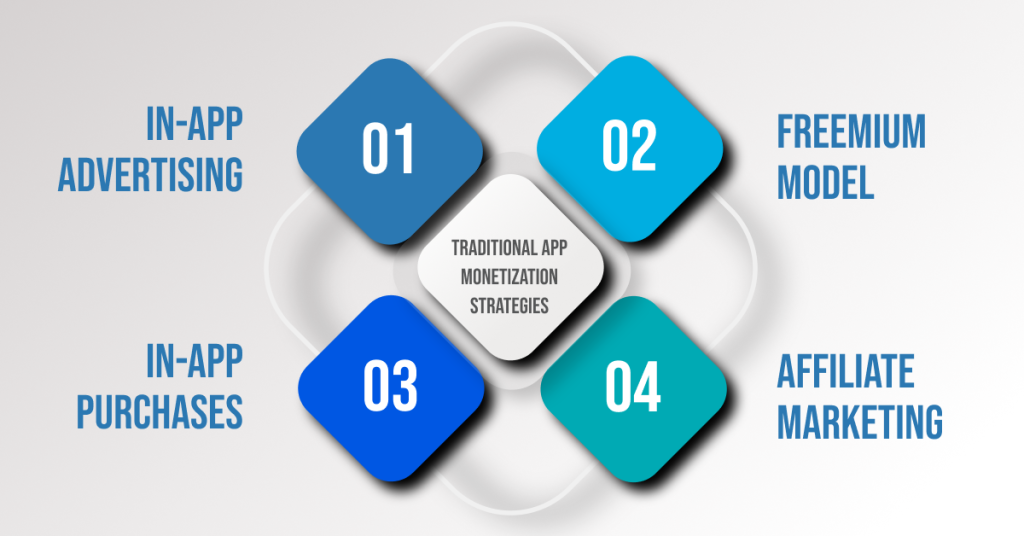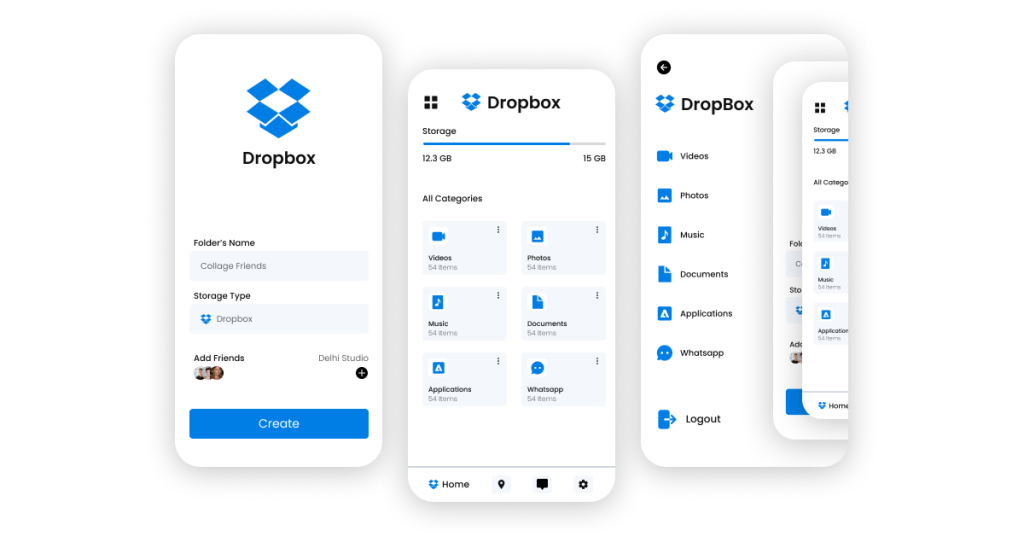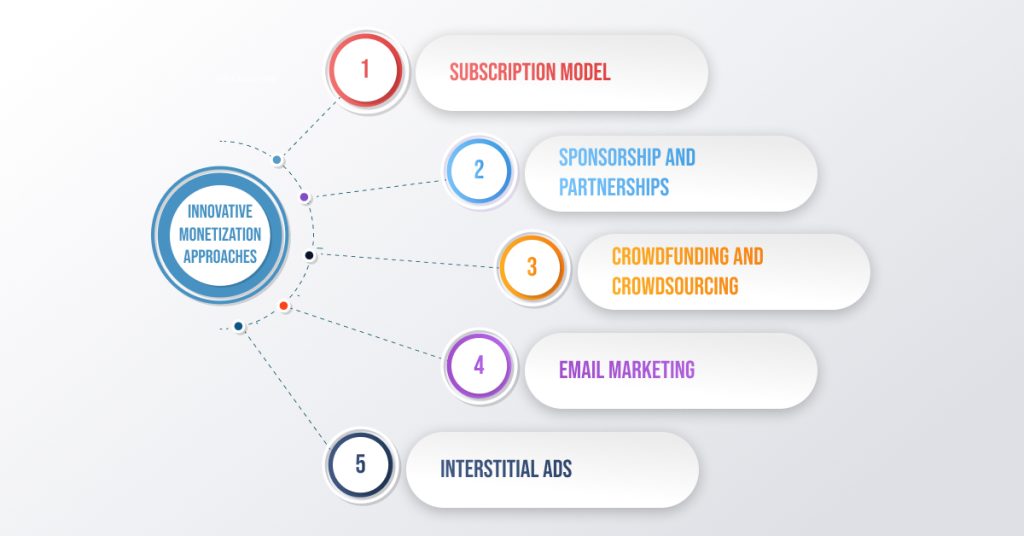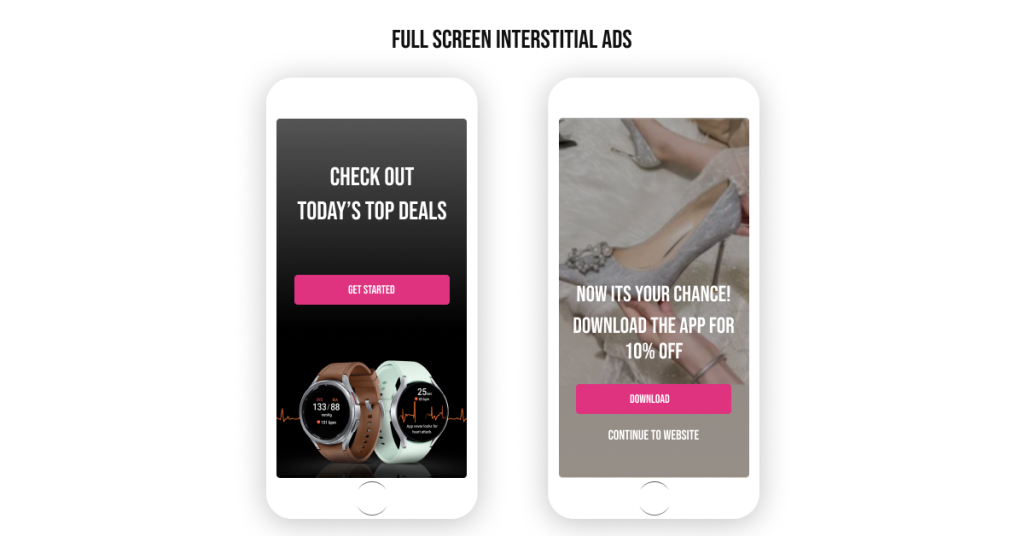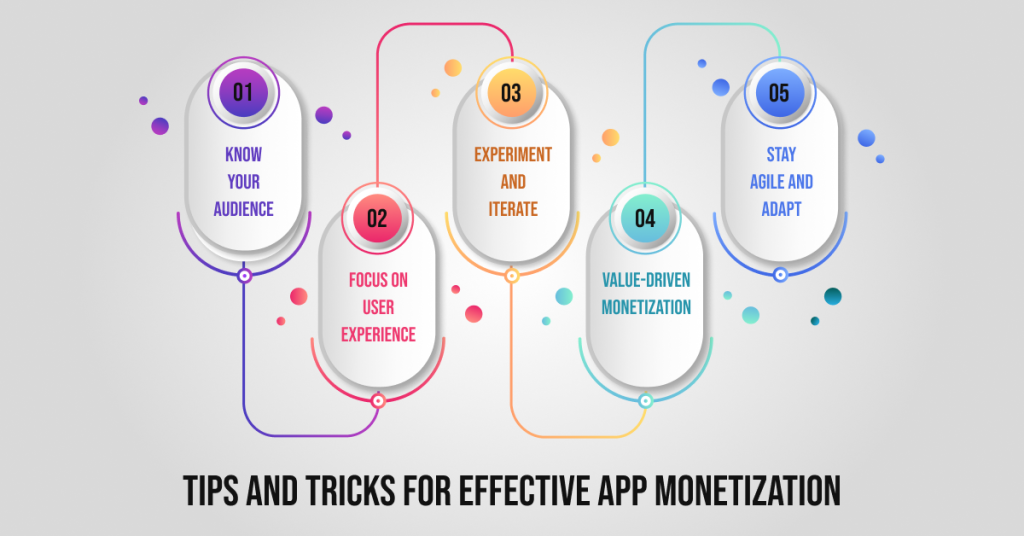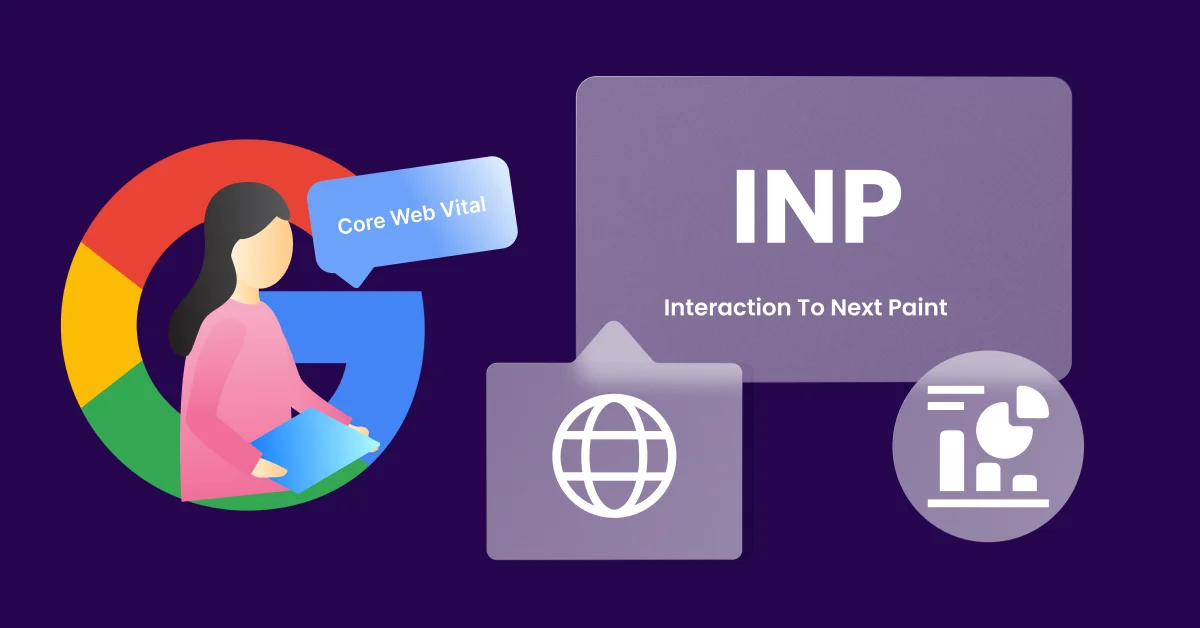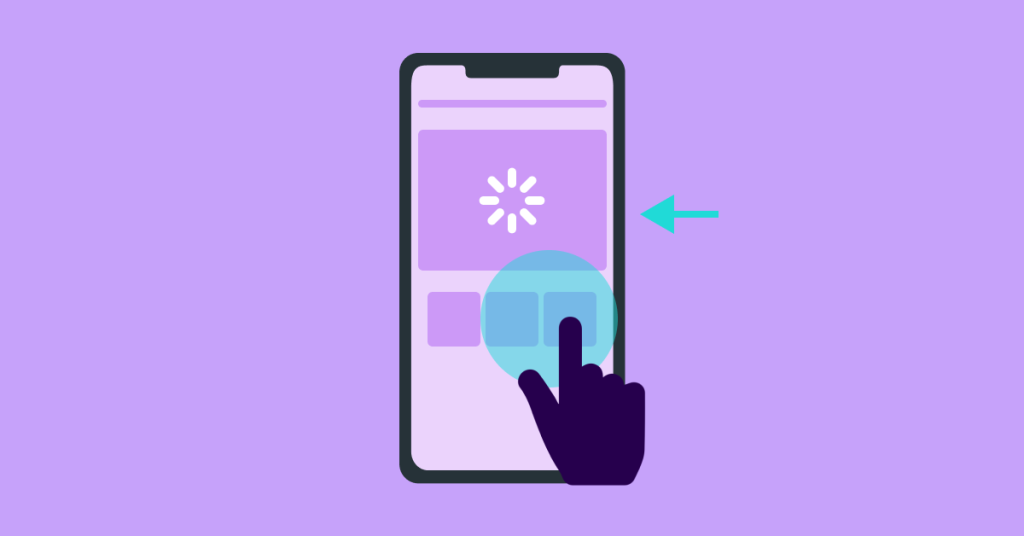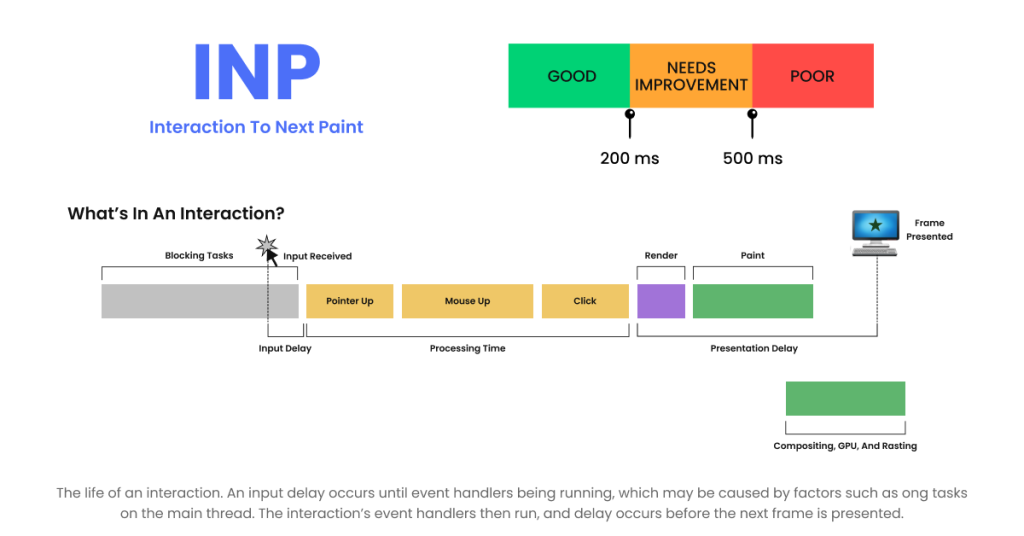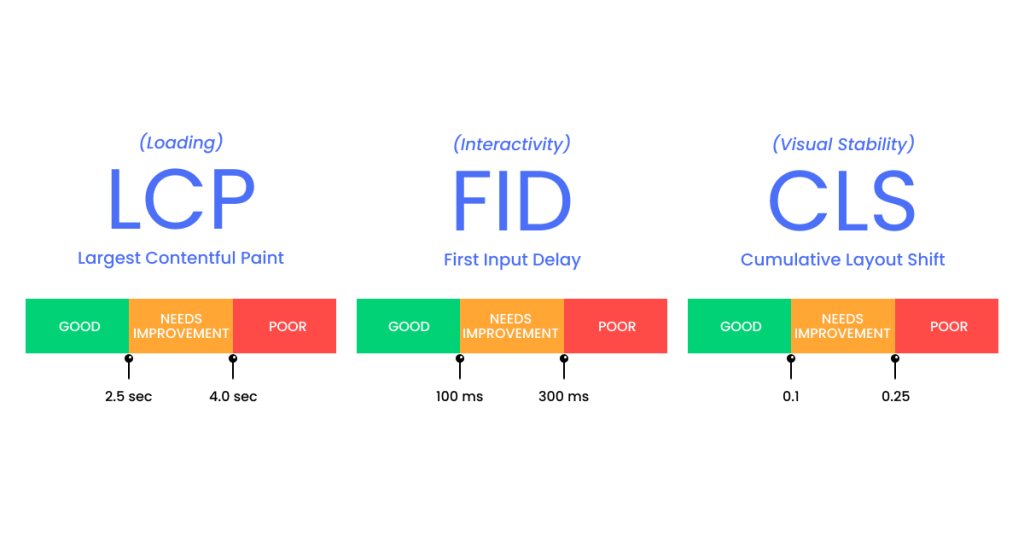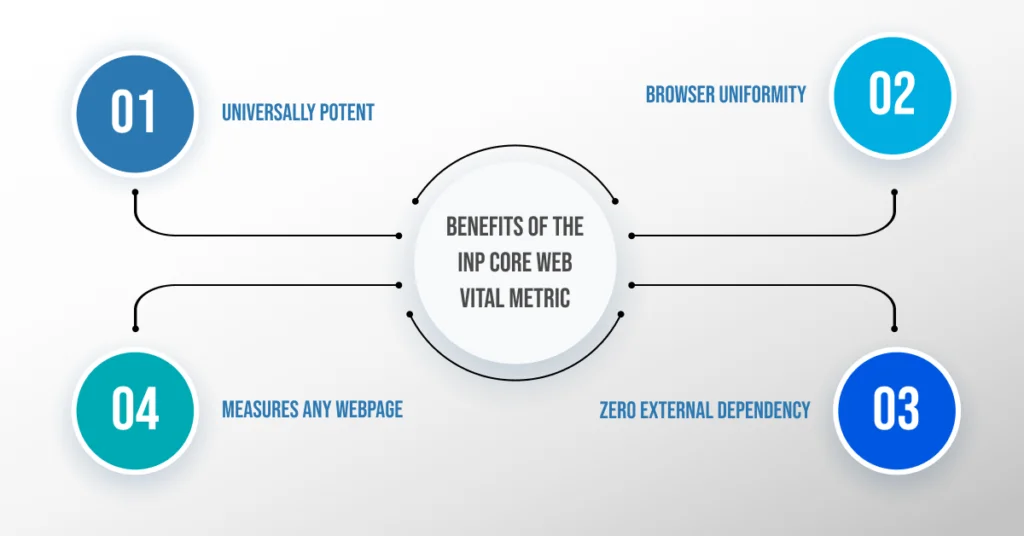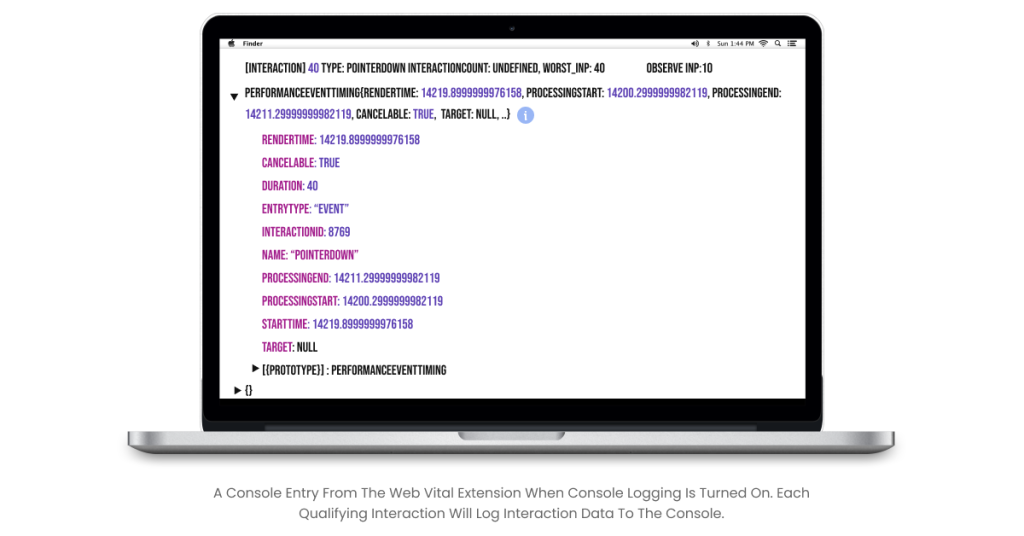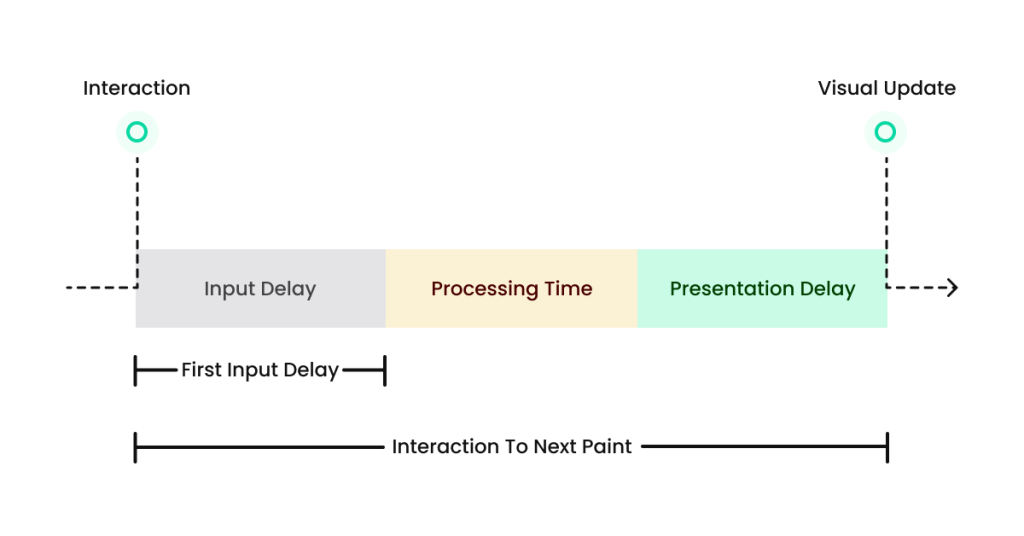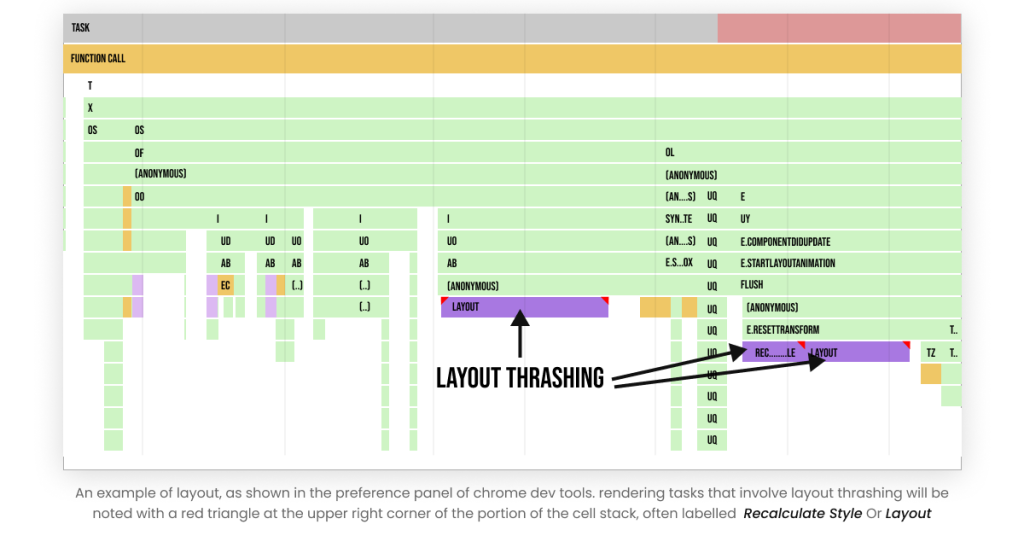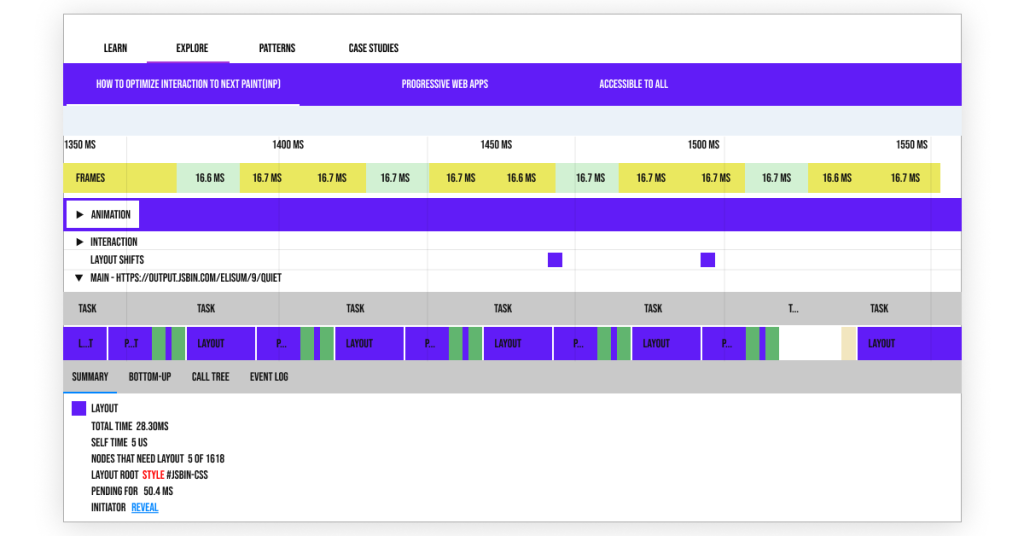2025 is coming, and we are excited about the new technologies and techniques evolving in the digital marketing landscape. The way of marketing has changed in the last few years with the introduction of new technologies, but one process has been able to keep its value high even after three decades of its introduction, and that process is Link Building. Let’s discuss this technique and how effective it is for better search engine optimization. Let’s have a look at the 11 effective link-building strategies for 2025, which will be a technology-dominating year.
What is Link Building?
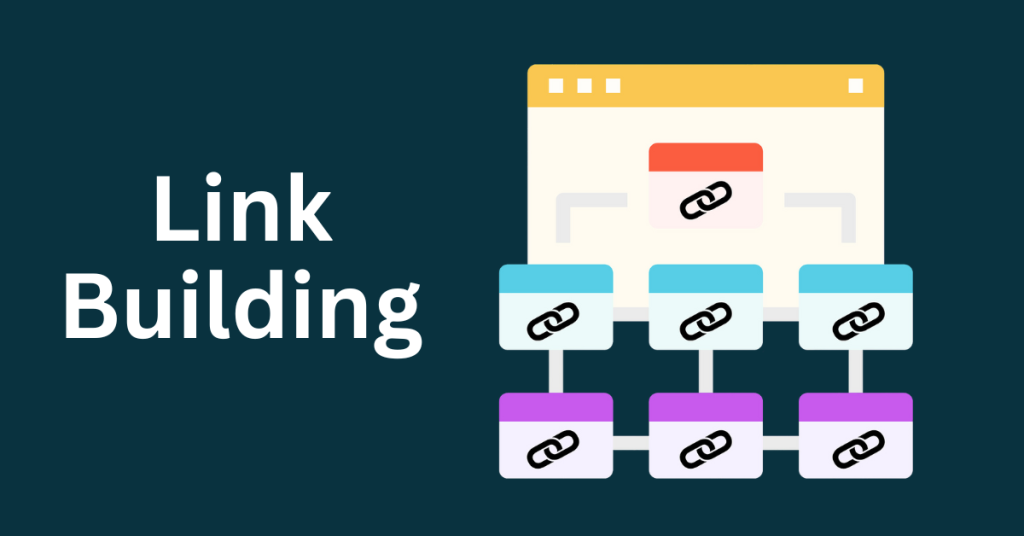
In simple words, when another website on the Internet adds a link to its content or website that links back to your website, this process is called link building. It is crucial in enhancing the website’s search ranking, as Google considers these backlinks as votes or points that make your website more relevant. Getting a link back to your website from a reputed company’s website has a huge impact on Google rankings as your website and your content become more trustworthy. This process of backlinking requires multiple effective strategies for linking your website to someone else’s content.
Google’s Page Rank Algorithm considers the backlinks an important aspect for deciding the rankings, and the more backlinks you have, the more high-quality backlinks your page has; there are more chances of your page or website getting ranked, as these backlinks will tell Google that the content you have published is important, trustworthy, and impactful. There are different ways of getting these backlinks, such as manually adding links to websites, sending emails to the owners of the websites or the pages to add your links to their content, offering money to the website or page owners to add your link to their content and last, earring the backlink with some promotional or creative content.
Why is Effective Link-Building So Important In 2025?
There are a number of reasons that link-building will be extremely important for digital marketers in 2025. It’s an evergreen technique for making your website more trustworthy and getting a better ranking for your content or page on search engines. There are several things that make link-building extremely important in 2025, and some of these reasons are:
1. Organic Traffic
Gaining organic traffic on the website using SEO strategies is the desire of every company, and 2025 will be no different. But, with lots of technologies and new ways of gaining traffic, the process of gaining organic traffic will be very tough in 2025. This is where the backlinking or the link-building processes can help, as getting links from a well-known and reputed company’s website will definitely add value and relevance to your website. Effective link building offers more organic traffic, and the conversation rate of this traffic coming from a reputed website will be high.
2. Higher Search Engine Ranking

A higher ranking on the search engine result pages (SERP) is directly proportional to more traffic, and more traffic is directly correlated with more sales. The algorithms of search engines consider the links on your website to someone else’s website to be crucial factors in ensuring the relevancy, authenticity, and trustworthiness of your content. Considering these aspects, a higher ranking is obtained on the search engine. This is the area that will be very crucial in 2025 as the competition in getting these backlinks from a reputed company is very high. Only the use of effective strategies and high-quality content can earn these backlinks from reputed websites.
3. Enhanced Website Credibility
According to Forbes, there are 2 billion websites as of 2024, out of which 200 million are actively maintained. Also, almost 2,52,000 websites are created daily, which shows that there are multiple websites on the internet competing to get better rankings and traffic. In 2025, the credibility of the website will be very important as there are thousands of websites for one product or one service. Only a credible, trustworthy, and high-quality website will be able to make it to the top of the search ranking. This is where the link-building process will be crucial as it helps enhance the credibility of the website, and your links will be available on trusted and reputed company pages.
Effective Link-Building Strategies That Will Work in 2025
No Doubt, link building has a number of benefits for the company in terms of ranking, organic traffic, and credibility, but we also need to accept that it is not easy. There are multiple websites on the internet, and everyone wants to get to the top, which is not possible. Only the one with a better strategy will be able to get the most of these backlinks.
If you want to stay ahead in the competitive SEO game in 2025, it’s crucial to adapt your link-building tactics to the changing landscape. Below, we will explore some of the most effective link-building strategies that will help boost your site’s authority, drive organic traffic, and ensure long-term SEO success in 2025.
1. Build a Big Name For Your Brand
In 2025, the success of the link-building process will depend heavily on brand reputation and authenticity. Search engine algorithms are more focused now on the trustworthiness and authenticity of the content before considering it for ranking. One of the first and most effective strategies for acquiring backlinks is to make a brand name for yourself. Be such a huge brand that companies use your content on their websites. Let’s see how we can do it-
- Regularly publishing high-quality content on trending topics
- Use advanced SEO practices for optimizing the content for Search engines
- Collaboration with the influencers can help give a boost to the brand
Once a brand name is made, then the company will approach you for using your content on their website. This can be very helpful for your website as multiple backlinks will be acquired.
2. Recreate Content For Broken Links

One of the most underused link-building strategies is to recreate the content for broken links. No one wants to see broken links on their pages, and by offering to replace those links with your content link, you can acquire a backlink for your page. Broken links are a negative ranking factor for search engines, and that is why companies agree to replace these broken links immediately. Here’s the process of doing it-
- Find broken links on the relevant websites that belong to your niche using tools like Ahrefs, or you can hire an SEO service provider company like Deftsoft to assist you in all sorts of SEO practices, including link building or broken link finding.
- Create high-quality content related to the one in th broken link with enhanced quality and approach the owner to replace th link with yours.
This strategy requires a bit of effort, but it can be highly effective in securing backlinks that can improve your site’s SEO performance.
3. Work on Quality Content
The most important and foundational part of a successful link-building strategy is the quality of the content. It should be valuable, informative, and engaging so that the companies or the media houses you approach are tempted to add them to their web pages. The high-quality content can be generated in any form, be it videos, infographics, podcasts or blogs, articles, or case studies. The ways to create a high-quality content are-
- Know your audience, research the topic well, and try to answer the audience’s questions straightaway to get their attention.
- Add images, infographics, videos, etc., to make the content visually appealing.
- SEO optimization of the content should be done
Quality content can be created with all these methods, which can tempt other companies to add it to their website.
4. Get Links For Unlinked Mentions
There is a chance that your brand or company has been mentioned somewhere, but there is no link to reach you. That does not help you with the traffic, and thus, you need to approach them to add your link as well so that people can reach out to you for any service. These are natural backlinks and will help you get organic traffic and customers. You can do this by:
- Use tools such as Google Alerts, Mention, etc., to track whether you are mentioned anywhere online.
- In the next step, you need to approach the website owner and ask him to add your link there.
- In the last step, you need to send your link to the owner of the website where your name is mentioned so that they can add it there.
Securing backlinks through unlinked mentions is a relatively low-effort but highly effective link-building strategy, particularly for growing brands with some level of recognition.
5. Contextual Link Placement
First, we need to know what contextual links are? These links are embedded naturally within the body of the content, opposite to the footer or sidebar links. These links hold a special place in SEO practices as they are more relevant and provide a better user experience. For contextual link placement, you need to follow the steps given below-
- First, you need to identify the high-authority websites and blogs in your industry where the contextual links will make some sense.
- Then, in the next step, reach out to the content creators of the company and offer them your content, which will be more valuable and align with the audience’s internship.
- Propose that they link to your content where it fits naturally within the context of their article or page.
Contextual link placement is one of the most powerful ways to improve your website’s authority and rankings, making it a key part of your 2025 link-building strategy.
6. Collaborations

Collaborating with other industry leaders, influencers, or even complementary brands can be an effective way to acquire high-quality backlinks, and through these collaborations, you can create joint content like guest posts, podcasts, webinars, or research reports. These collaborations provide a mutually beneficial opportunity for both parties to get exposure and generate backlinks. There are different ways of doing it, such as:
- Identify influencers, bloggers, and brands that align with your business values and audience.
- Reach out to propose collaborative content or projects that both parties will benefit from.
- Make sure that your collaboration includes links to each other’s websites.
Collaborations not only help build backlinks but also improve your credibility and visibility within your industry.
7. View and Analyse Competitors’s Backlinks.
One of the most insightful link-building strategies involves analyzing your competitors’ backlinks. Tools like Ahrefs, SEMrush, and Moz allow you to explore the backlink profiles of any website, revealing where their links are coming from. By understanding the sources of your competitor’s backlinks, you can identify opportunities to secure links from similar or even the same websites. The ways in which we can do it are-
- Use backlink analysis tools to view your competitors’ backlink profiles.
- Identify high-quality websites linking to your competitors and reach out to them for similar backlinks.
- Look for opportunities where your competitors are getting links and find ways to improve upon their content or strategy.
Competitor backlink analysis can help you discover untapped link-building opportunities that will give you a competitive edge in 2025.
8. Offer Valuable Content to Other Sites
Guest posting and contributing valuable content to other websites in your niche is considered to be a successful link-building strategy—and it will remain effective in 2025. By contributing high-quality articles to reputable websites, you not only build backlinks but also increase your brand’s visibility and authority. To do this, follow the steps given below-
- Identify authoritative blogs and websites in your industry that accept guest contributions.
- Pitch unique and relevant topics that align with the host website’s audience.
- Include links to your website within the guest post, either in the body or author bio.
Guest posting is still one of the most effective ways to get high-quality backlinks, especially when you’re targeting reputable, high-authority sites in your niche.
9. Leverage User-Generated Content
Another useful strategy for link building that will work in 2025 is to encourage your users to create and share content related to the brand, like reviews, testimonials, or social media posts, as these can naturally generate backlinks when shared on blogs, forums, or other websites. Here’s how to use this strategy effectively:
- Encourage customers to leave reviews and testimonials on third-party platforms or your own website.
- Host contests or campaigns that invite users to share content (e.g., blog posts, photos, or videos) featuring your product or service.
- Repurpose user-generated content into case studies or social proof that other websites may want to link to.
By motivating your audience to create content, you naturally acquire backlinks while also fostering trust and engagement.
10. Skyscraper Technique
Find high-performing content in your niche, create something even better, i.e., more comprehensive, detailed, or up-to-date, and reach out to the sites linking to the original content, asking them to link to yours. This strategy works by capitalizing on existing backlinks and offering a superior version of the content. Here’s how to execute this strategy:
- Find top-ranking content in your niche using tools like Ahrefs or SEMrush.
- Create something better: Make your content more in-depth, updated, or visually appealing (e.g., with added data, expert quotes, or infographics).
- Reach out to sites linking to the original content: Politely ask them to replace their link with yours, as your content is now a superior resource.
11. Create Resource Pages or Link Roundups
Build a comprehensive, valuable resource page on your website, and submit it to link roundup sites in your niche. These pages, containing helpful tools, articles, or guides, often attract backlinks from those who find the content useful for their audience. Here’s how to leverage this strategy:
- Build a resource page: Create a detailed page that curates top resources, tools, or articles in your niche.
- Submit to link roundup sites: Reach out to websites and blogs that feature regular link roundups or resource pages and pitch your content.
- Promote your resource page: Once your page is live, share it widely to attract organic backlinks.
By positioning yourself as a valuable resource, you increase the chances of earning backlinks from relevant sites in your industry.
Wrapping up
Link building is an ongoing, dynamic process, and staying ahead of the curve in 2025 requires more than just securing any backlinks. It’s about developing a comprehensive, strategic approach that focuses on high-quality, relevant links from authoritative sources. By implementing these strategies—building your brand’s authority, recreating content for broken links, creating quality content, and more—you’ll set your website up for SEO success in the years ahead.
To ensure all these techniques are followed for building multiple backlinks for your website, you can partner with the #1 SEO service provider company, Deftsoft. We have all the resources, a team of skilled professionals, and 19 years of experience in this industry to help you with any sort of service, from- keyword research and SEO audits to backlinking as well. Deftsoft is the one-stop solution for all your SEO needs.
